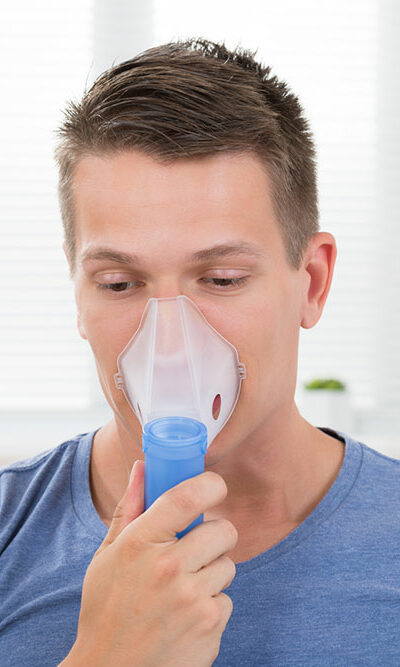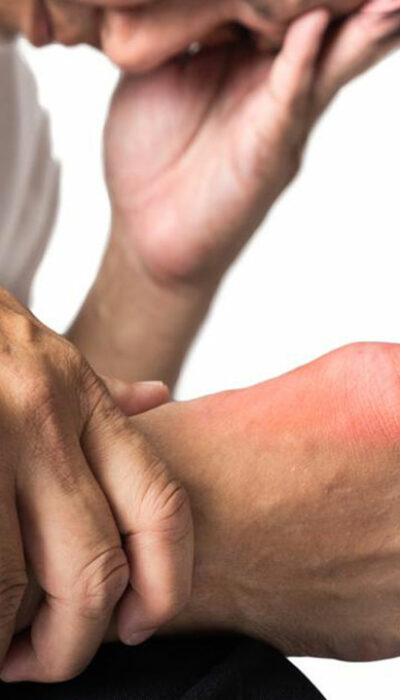
Symptoms and Treatment of COPD
The chronic obstructive pulmonary disease (COPD) is a collection of progressive lung diseases such as chronic bronchitis, emphysema, and refractory asthma. These COPD-based lung diseases cause trouble in breathing and limit the airways. Chronic bronchitis narrows down the bronchial tubes and causes inflammation. Also, it builds up mucus. In emphysema, slowly the air sacs in the lungs get destroyed. Well, until date, no sure cure for this disease is available. However, a proper and timely treatment can help to ease the COPD-based lung disease symptoms along with lowering the complications and improving the overall quality of life. In the country, almost 24 million people suffer from this chronic disease. The more worrisome fact is that almost half of these people or more simply remain undiagnosed. According to various research and medical studies, smoking is one of the major reasons, causing this fatal disease. However, studies have also reflected the fact that 1 in 4 people, who are suffering from COPD lung disease symptoms, has never been into smoking! Here is a list of the various symptoms of this disease along with the treatments available to ease them and help the sufferers lead a better life. Symptoms of COPD Lung Disease Now, this chronic lung disease has several stages. In the earlier stages, the COPD lung disease symptoms can be a bit mild. There is a high chance of confusing it with a cold. Here are some of the symptoms of COPD at the earlier stages. Occasionally, feeling shortness of breath. This can especially be experienced after exercising. Feeling the need for clearing throat every now and then. Having a mild cough that is recurrent as well. You might think that making subtle changes such as avoiding stairs or skipping some physical activities can actually help you but these symptoms can not only become progressively worse but also can become very hard to ignore.










